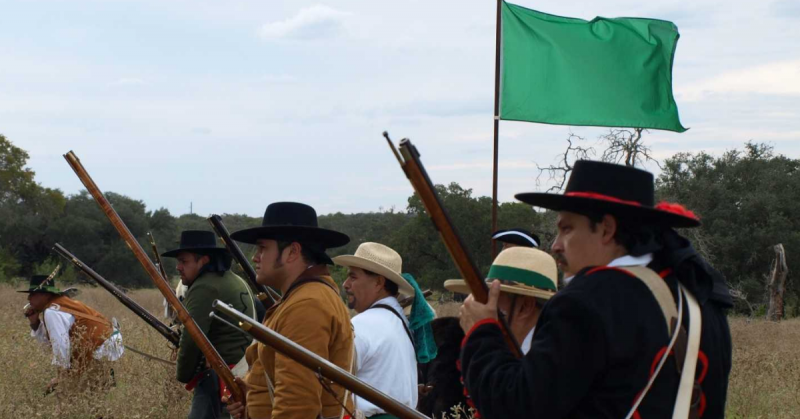Before the Texas Revolution of 1835, another group of aspiring Americans sought to break Texas away from a land still held by Spain. The short-lived republic sought independence for Texas over two decades before the Lone Star Republic would come into existence.
Though the revolt failed, one young officer present would take the lessons of the revolt to heart. However, too late he would find them to be the wrong lessons for the next revolution.
The first Texas Revolution, known as the Green Flag Revolt or the Gutiérrez-Magee Expedition, followed in the wake of the 1810 revolt led by Miguel Hidalgo y Costilla against the Spanish government in what would become Mexico. Though Father Miguel was captured and executed by the Spanish authorities, his cause continued.
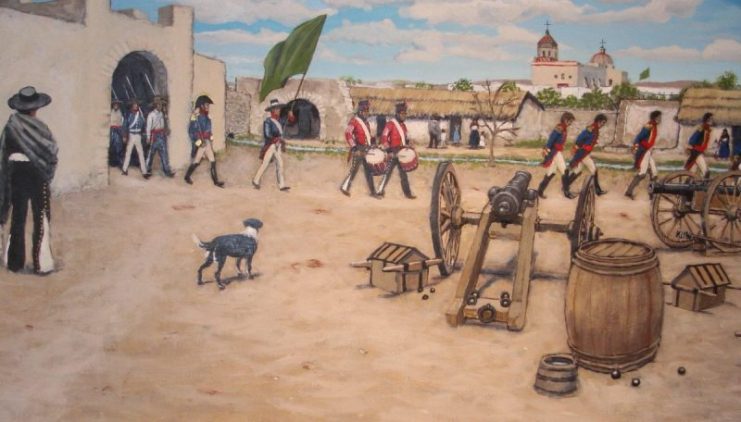
The remaining rebels turned to the United States for support, but the young republic, focusing on deteriorating relations with Great Britain, rebuffed their pleas. In desperation, the rebels searched closer to home, relying on family contacts to continue their cause. Their search brought them to Louisiana and a disgruntled Army officer named Augustus William Magee.

Magee, along with an enterprising pioneer filibuster merchant named Peter Samuel Davenport, started conspiring with Mexican rebel José Bernardo Maximiliano Gutiérrez de Lara to launch an expedition of American filibusters to continue the fight for independence. Having failed to make much of his military career, Magee decided to cast his lot with the filibusters, resigning his commission on June 22, 1812, in order to seek his fortunes across the border.
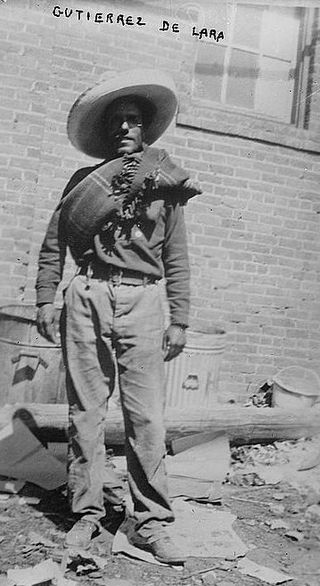
The cobbled-together expedition, named the Gutiérrez-Magee Expedition, set out on August 2, 1812. With 130 filibusters and Mexican rebels, the expedition crossed the Sabine River on August 8, leaving Louisiana for Spanish Texas. With the Royalists scattered across the vast lands of New Spain, the small band managed to sweep aside initial resistance, and, on August 12, entered the town of Nacogdoches.
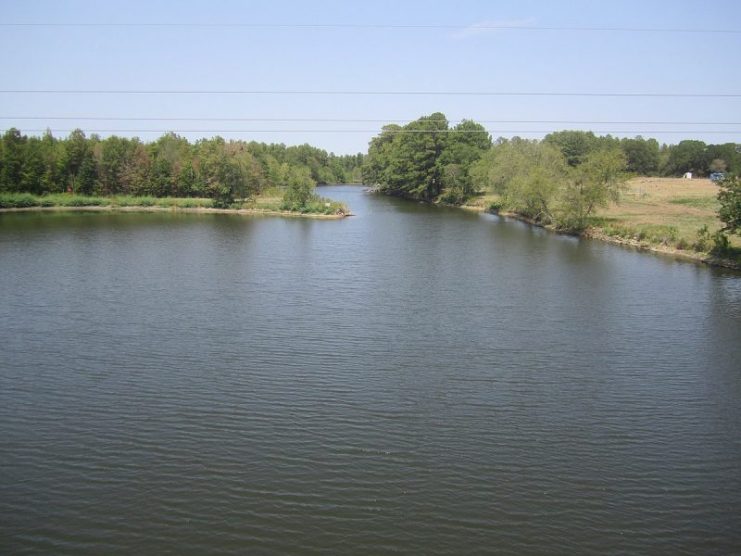
Magee’s success brought recruits, both American and Mexican, who swelled his ranks to nearly 300 effectives. With this force, Magee and his rebels marched to Santísima Trinidad de Salcedo on September 13. The two forces entered into a game of cat and mouse, with Magee’s rebels one step ahead of the Royalists until they were cornered at the town of La Bahia on November 13.
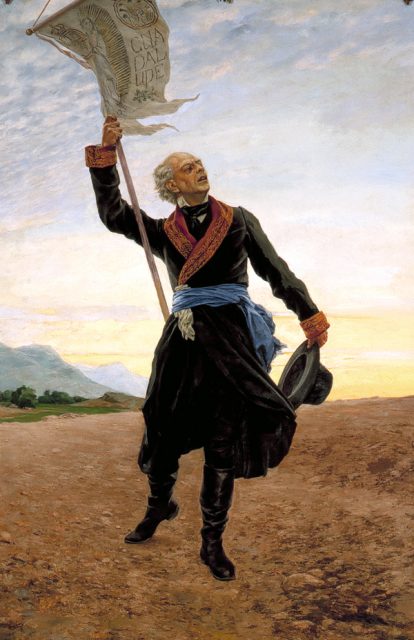
Facing an enemy force of 800 men, the rebels stood their ground despite the death of Magee from illness. Samuel Kemper, a filibuster from Virginia, took command and led the rebels through a string of victories in February and March of 1813.
With a force of nearly 800 men, Kemper proceeded, on March 29, to defeat a force of 1,200 Royalists at the Battle of Rosillo. Following this success, Gutiérrez, in April, became President Protector of a provisional independent Texas government.
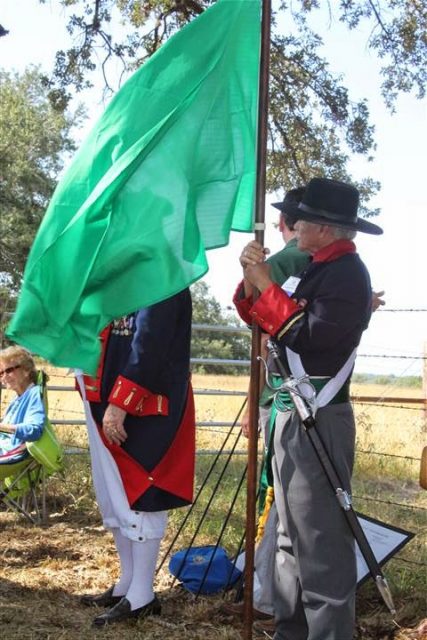
The rise of the provisional government and green flag that would bear their name coincided with reprisal executions of captured Royalist officers – an act that would lead many American filibusters, including Kemper and a hundred of his most loyal followers, to abandon the cause in favor of a return to Louisiana.
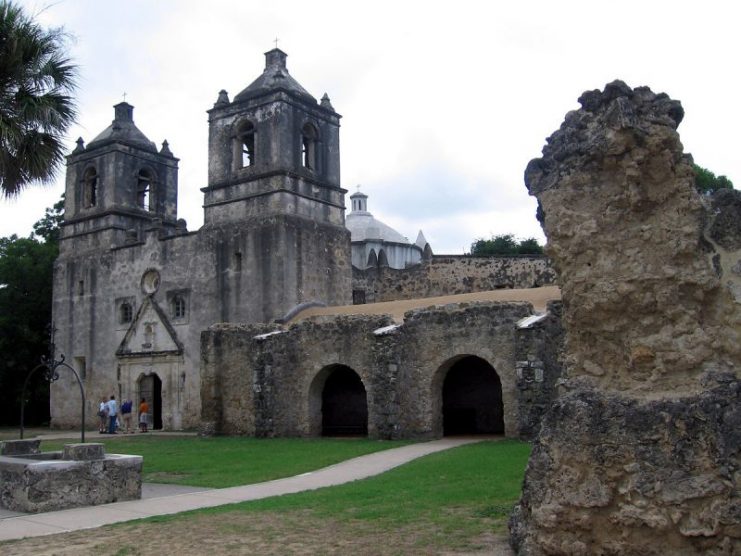
Meanwhile, the Royalists tasked Colonel Ignacio Elizondo and General Joaquín de Arredondo with crushing the rebellion and restoring order to the region. The Royalist forces utilized brutal methods to quell the rebellion, executing anyone they deemed necessary to cow the locals back into submission. Despite this, the rebels continued to dominate the field of battle, maintaining their hold on San Antonio despite the Royalists’ efforts.
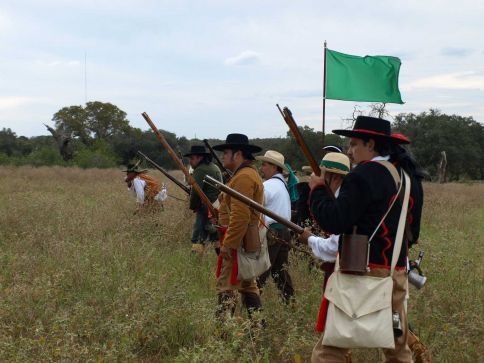
Vital as filibuster support in the field was, continued backstabbing and plotting by the provisional government and the new filibuster commander Henry Perry and his command staff undid the rebellion’s early success. When the two Royalist commanders combined their forces at the Battle of Medina, the rebels were routed.
The bulk of the survivors fled to Louisiana, allowing the Royalists to enter San Antonio and enact a brutal repression to restore order.
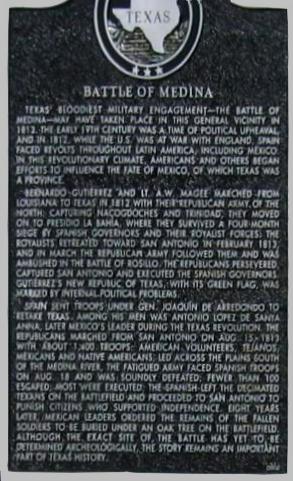
A young officer named Santa Anna, who distinguished himself at Medina, participated in the restoration of order. When he found himself Dictator-General of an independent Mexico facing another Texan revolution, he would take the lessons learned during the Green Flag Revolt and utilize them to attempt to restore order. That Texas revolution would, however, play out very differently for Mexico, Texas, and Santa Anna.
